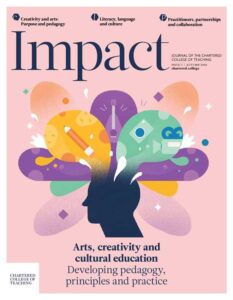A case study detailing the role of art, sport and culture in mental and physical development, and behaviour management
Written by: Lisa Fathers

9 min read
The government’s Green Paper ‘Transforming children and young people’s mental health provisions’ (Department of Health and Department of Education, 2017) sets out the ambition that children and young people who need help for their mental health should be able to get it when they need it. The Greater Manchester Health and Social Care Partnership (GMHSCP) recognised that with a decline in young people’s physical, social and emotional wellbeing, there has never been a more important time to take a proactive approach, initiating the Greater Manchester Mentally Healthy Schools Rapid Pilot.
Focusing on earlier intervention and prevention of poor mental health, proposals outlined in the Green Paper included incentivising schools to identify and train a designated senior lead for mental health, and also offering training to help leads and staff to deliver a whole-school approach to promoting mental health. Another aim was to fund new ‘Mental Healthy Support Teams’ supervised b
Join us or sign in now to view the rest of this page
You're viewing this site as a guest, which only allows you to view a limited amount of content.
To view this page and get access to all our resources, join the Chartered College of Teaching (it's free for trainee teachers and half price for ECTs) or log in if you're already a member.
This article was published in September 2019 and reflects the terminology and understanding of research and evidence in use at the time. Some terms and conclusions may no longer align with current standards. We encourage readers to approach the content with an understanding of this context.
0
0
votes
Please Rate this content
Please login to comment
0 Comments
Oldest
Newest
Most Voted
Inline Feedbacks
View all comments










